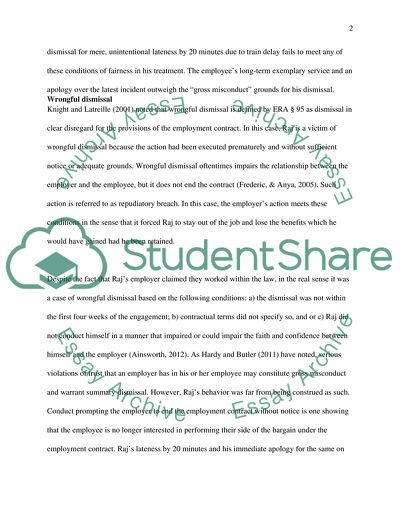Cite this document
(“Constructive Dismissal and Unfair Dismissal Claims Essay”, n.d.)
Retrieved from https://studentshare.org/law/1640492-constructive-dismissal-and-unfair-dismissal-claims
Retrieved from https://studentshare.org/law/1640492-constructive-dismissal-and-unfair-dismissal-claims
(Constructive Dismissal and Unfair Dismissal Claims Essay)
https://studentshare.org/law/1640492-constructive-dismissal-and-unfair-dismissal-claims.
https://studentshare.org/law/1640492-constructive-dismissal-and-unfair-dismissal-claims.
“Constructive Dismissal and Unfair Dismissal Claims Essay”, n.d. https://studentshare.org/law/1640492-constructive-dismissal-and-unfair-dismissal-claims.


